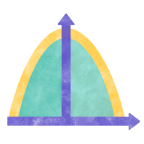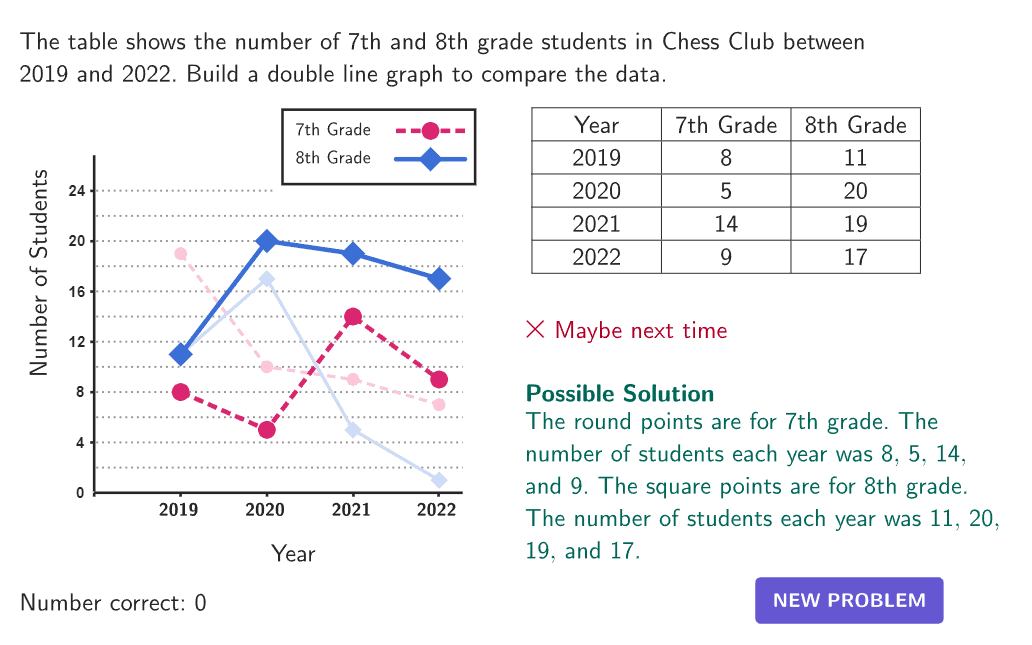Comparing Dot Plots
Comparing Dot Plots
Observe how variations in characteristics of data sets affect the shape of dot plots.
Putting It All Together
Answer these open ended questions on your own or with others to form deeper math connections.
Pregunta abierta 1
Modify the second data set and consider whether one center of distribution (one of the means) is much higher than the other, or if the centers (the means) are close together. How do the centers of distribution compare across the data sets of the dot plots in the following cases? a) The difference in the means is less than 2 MADs b) The difference in the means is more than 2 MADs
Entrada de texto y matemáticas
Pregunta abierta 2
Modify the second data set so that the ranges of the dot plots are very different. Describe in your own words how the ranges compare with one another.
Entrada de texto y matemáticas
Pregunta abierta 3
How do the variabilities of the two dot plots compare in the following cases? a) The MAD of the original data set is higher b) The MAD of the modified data set is higher c) The MADs are close together
Entrada de texto y matemáticas
Pregunta abierta 4
a) Modify the maximum of the second data set without changing the mean. How would you describe the difference between the two data sets? b) Modify the maximum without changing the MAD. Compare the data sets in your own words again.
Entrada de texto y matemáticas
Pregunta abierta 5
Imagine that the dot plots represent the heights of flowers in a garden bed. a) How would you label the two different number lines? b) What would a higher MAD mean for a population of flowers?
Entrada de texto y matemáticas
Pregunta abierta 6
What other populations of people or things could the dot plots represent? How could you describe a comparison of the two populations?
Entrada de texto y matemáticas
Explora más
Recursos sobre prerrequisitos
Más acerca de Estadística









